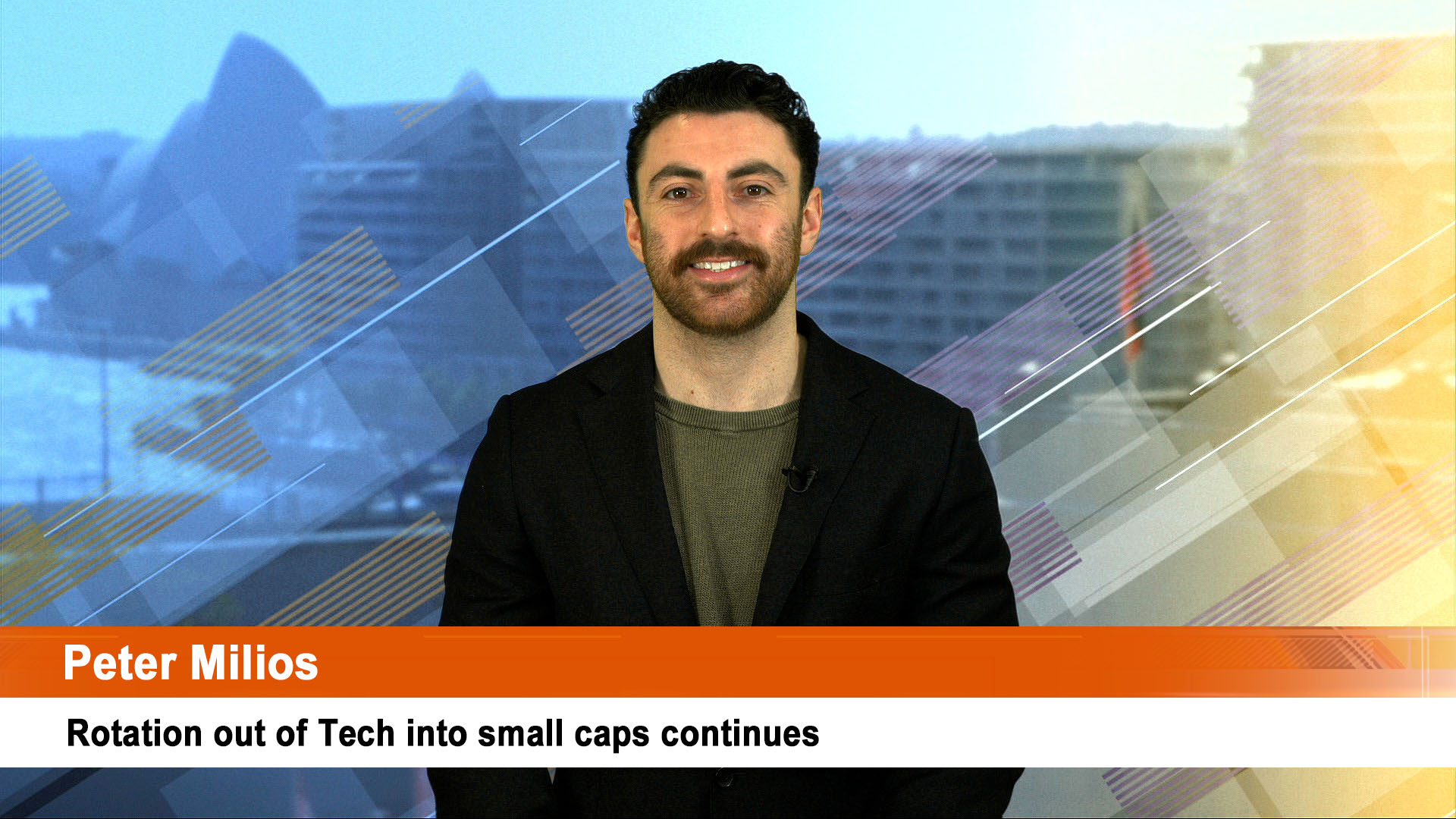The weak production effort from Newmont Corp in the first quarter of this year with a 40% slump in net profit, explains why it really wants Australia’s Newcrest Mining.
Newcrest has the ounces and lower costs that would help revitalise Newmont’s bottom line – the US giant’s management and board know that and will do their best not to show their eagerness.
Newcrest’s Cadia, Brucejack and Lihir mines are large low-cost operations with development potential (Cadia is just swinging into a new growth cycle) that Newmont will have to recognise in its final offer because the current 0.4% of a Newmont share offer ratio doesn’t seem to sweet enough.
Newcrest also has 70% of the still growing Havieron gold copper prospect near Telfer in WA which will be another low-cost operation because it will use Telfer’s processing stream (saving millions of dollars in added costs)
As well, Newcrest revealed in its quarterly report on Thursday that a new area of mineralisation called East Ridge had been outlined at Red Chris, while rich new zones of gold mineralisation continue to be identified around the Brucejack mine. Both are in British Columbia in Canada.
None of these prospects seem to be mentioned in all the takeover talk and yet they should be because they are in stable Canada and Australia which adds to their future attraction.
Newmont’s March quarter detailed what was a lacklustre three months for the world’s biggest gold miner – a state of affairs that is being repeated at increasing frequency.
It reported a 40.3% slump in net income to $US320 million from $US546 million in the first three months of 2022 as gold output slumped to a five year low for the first three months of the year.
Production totalled 1.27 million ounces, down from 1.34 million ounces a year earlier and 1.63 million ounces in the final quarter of 2022.
Output was the lowest for a March quarter since the 1.23 million ounces reported for the first three months of 2019.
That means Newmont has failed dismally to get anywhere near the first quarter production peak of 1.63 million ounces in 2020.
But Newmont made a major point that it sees its 2023 gold production being weighted towards the July-December period with an estimated 55% of 2023’s 5.7 to 6.3 million ounces of gold production, expected to be produced in this period.
The lower production and higher costs helped explain why Newmont suffered a 10% slide in sales revenue in the quarter to $US2.679 billion from $US3.023 billion a year ago.
Newmont benefited from a higher average gold price of $US1,906 an ounce in the quarter (from $US1,892 an ounce a year earlier) which helped the company just top market earnings forecasts as world prices topped the $US2,000 an ounce level late in the quarter (and remained there for most of April).
But costs soared, with Newmont’s key All in Sustaining Cost topping $US1,376 an ounce in the quarter, 19% higher than the $US1,156 an ounce in the first quarter of 2022.
In contrast, Newcrest reported an AISC of $US1,012 for the March quarter (down 7% from the December quarter) and $US1,064 an ounce for the nine months to the end of the same month which is well below the Newmont target for the year of $US1,150 to $US1,250 an ounce.
Newmont wasn’t helped by an 18% slide in output of what it calls gold equivalent ounces – mostly silver and copper – to 228,000 ounces in the latest quarter.
Newmont is pursuing Newcrest Mining in an all paper $A29.4 billion offer and could have done with the almost 510,000 ounces of gold produced in the March quarter, and its forecast 2 million ounces of gold for the year to June.
Newmont says its offer terms – 0.40% of one of its shares is its best and final (barring a rival offer) in an attempt to get Newcrest’s board to the signature line for the takeover agreement.
CEO Tom Palmer told an analyst call on Thursday that as the company continues its due diligence of Newcrest it will remain disciplined in terms of its capital allocation.
The due diligence period will run for four weeks that started in April. Palmer indicated that once this process ends, and if the companies sign a binding agreement, the merger could close by early 2024 – if the price is right.













